




Supported by science
Research on prebiotic fibres found in Arrabina™-P show gut health benefits.
Multiple prebiotic compounds
Arrabina™-P naturally contains compounds such as arabinoxylan, xylooligosaccharides, beta-glucan and polyphenols.
Gut-friendly
Arrabina™-P is a certified low FODMAP fibre.
Versatile applications
High solubility and low viscosity for easy incorporation in a variety of food, beverage and supplement applications
Upcycled certified
A sustainable upcycled ingredient with a low carbon footprint.
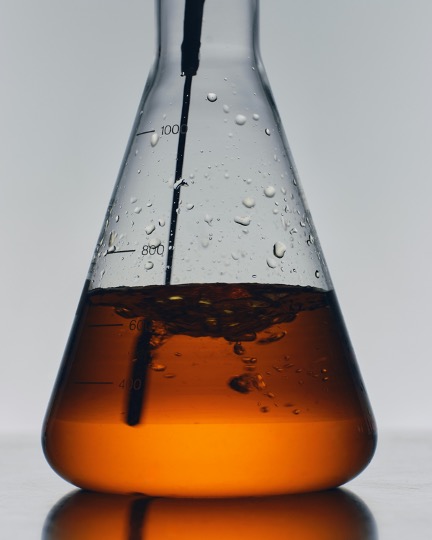
An_ in vitro _SHIME-like (a gut simulation of colonic fermentation) study indicates that Arrabina™-P promotes greater microbial diversity at lower doses than inulin³, a commonly used dietary fibre. A clinical study has shown that even at higher dosages, Arrabina™-P maintains excellent tolerability, allowing consumers to meet their daily fibre requirements without the associated digestive discomfort, such as bloating.⁴ The extraction process used to produce Arrabina™-P ensures that its natural fibre profile is present, contributing to its health benefits.
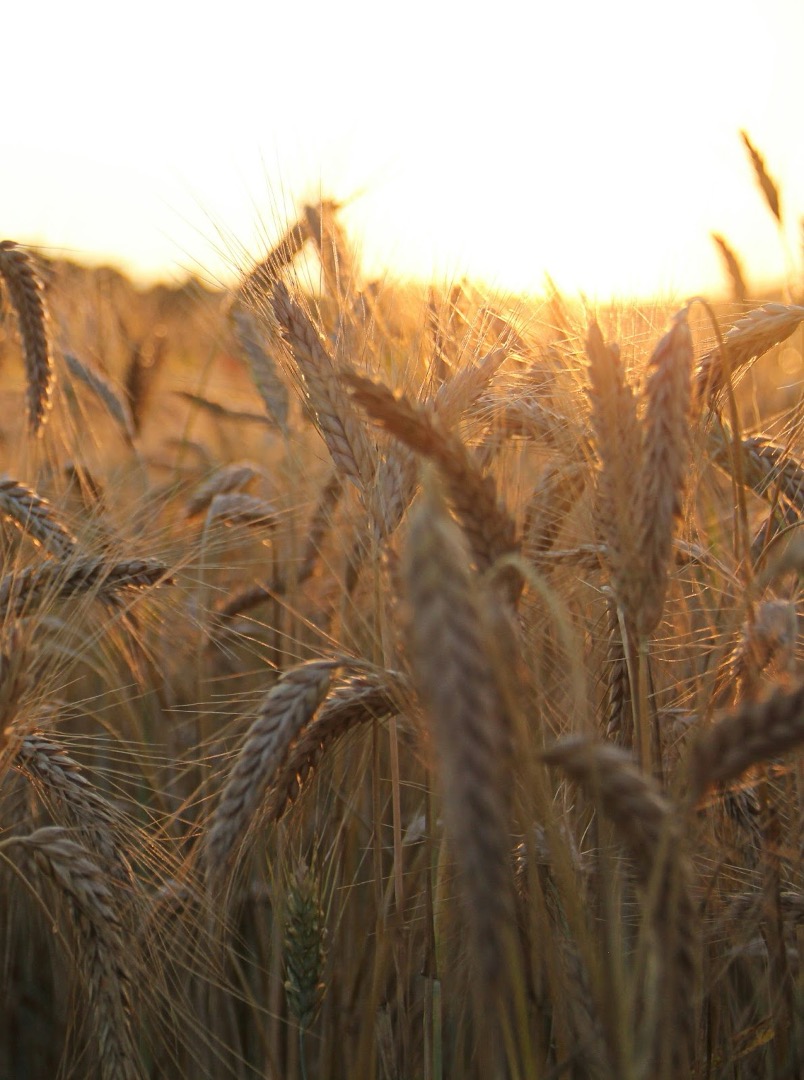
Arrabina™-P’s unique fibre complex is attributed to its patented extraction process from a non-GMO crop sidestream using only steam, water and pressure. The process is powered by renewable energy, creates no new crop acres and requires little water. Partnering with farmers throughout Denmark, our work benefits farmers, allowing them to profit from the entire harvest and reduce waste.
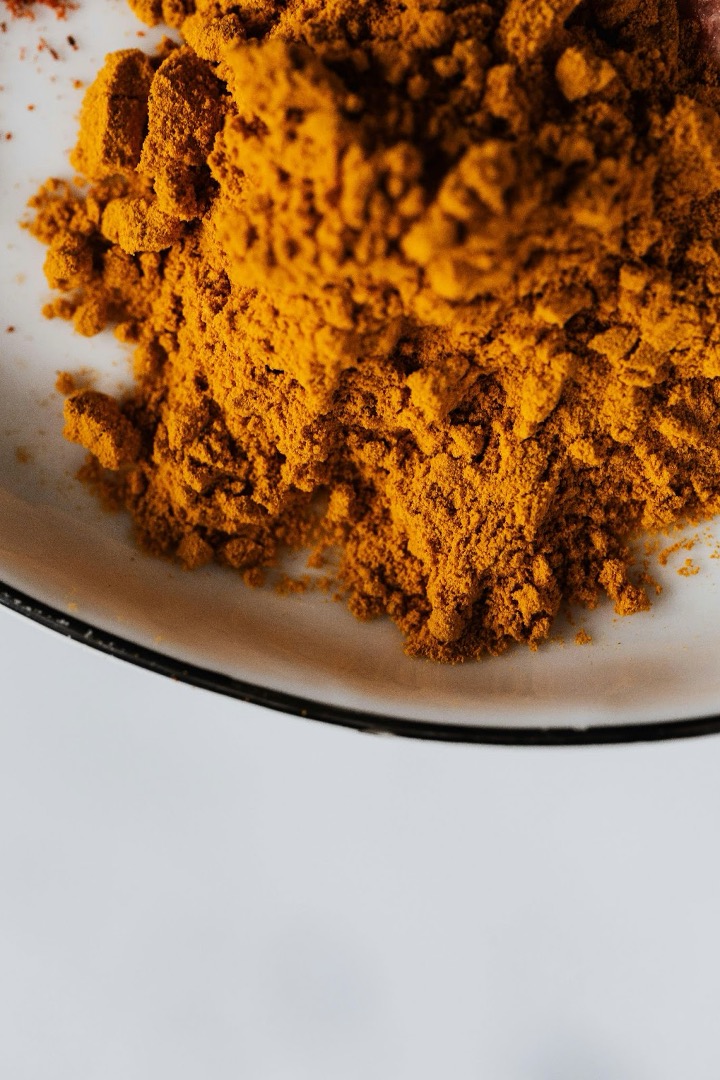










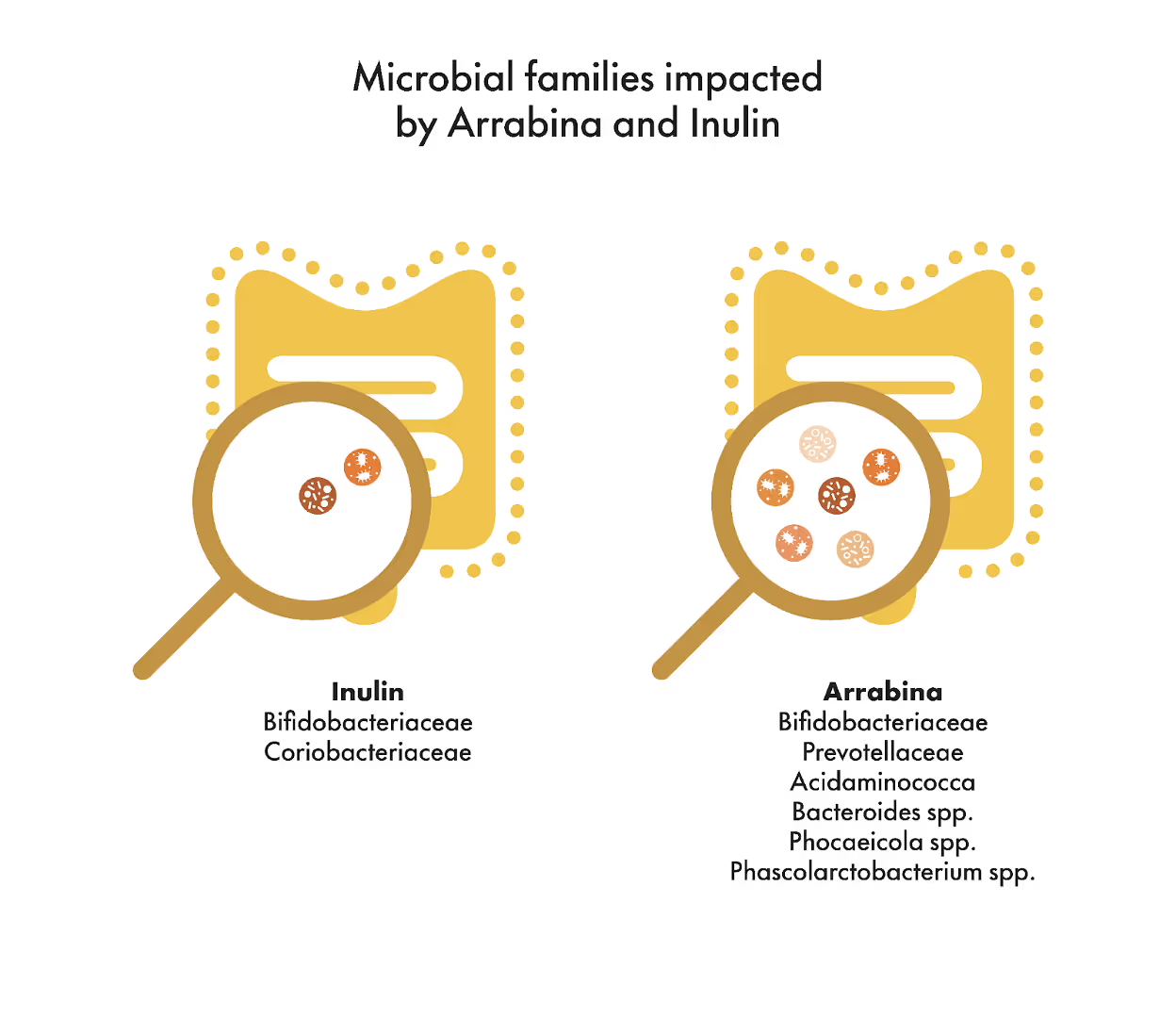
Arrabina™-P promoted greater diversity of beneficial bacteria at a lower dose than inulin in an in-vitro gut simulation study.³ Greater microbiome diversity has been shown to be correlated with certain health benefits.⁵ ⁶ ⁷
Arrabina™-P promotes the production of short chain fatty acids in the gut, much like other prebiotic fibres. One study demonstrated that Arrabina™-P produces more propionate when compared to inulin.³ Propionate has been associated with improved gut integrity, reduced inflammation, and potential benefits for healthy glucose support and weight management.⁵ ⁸

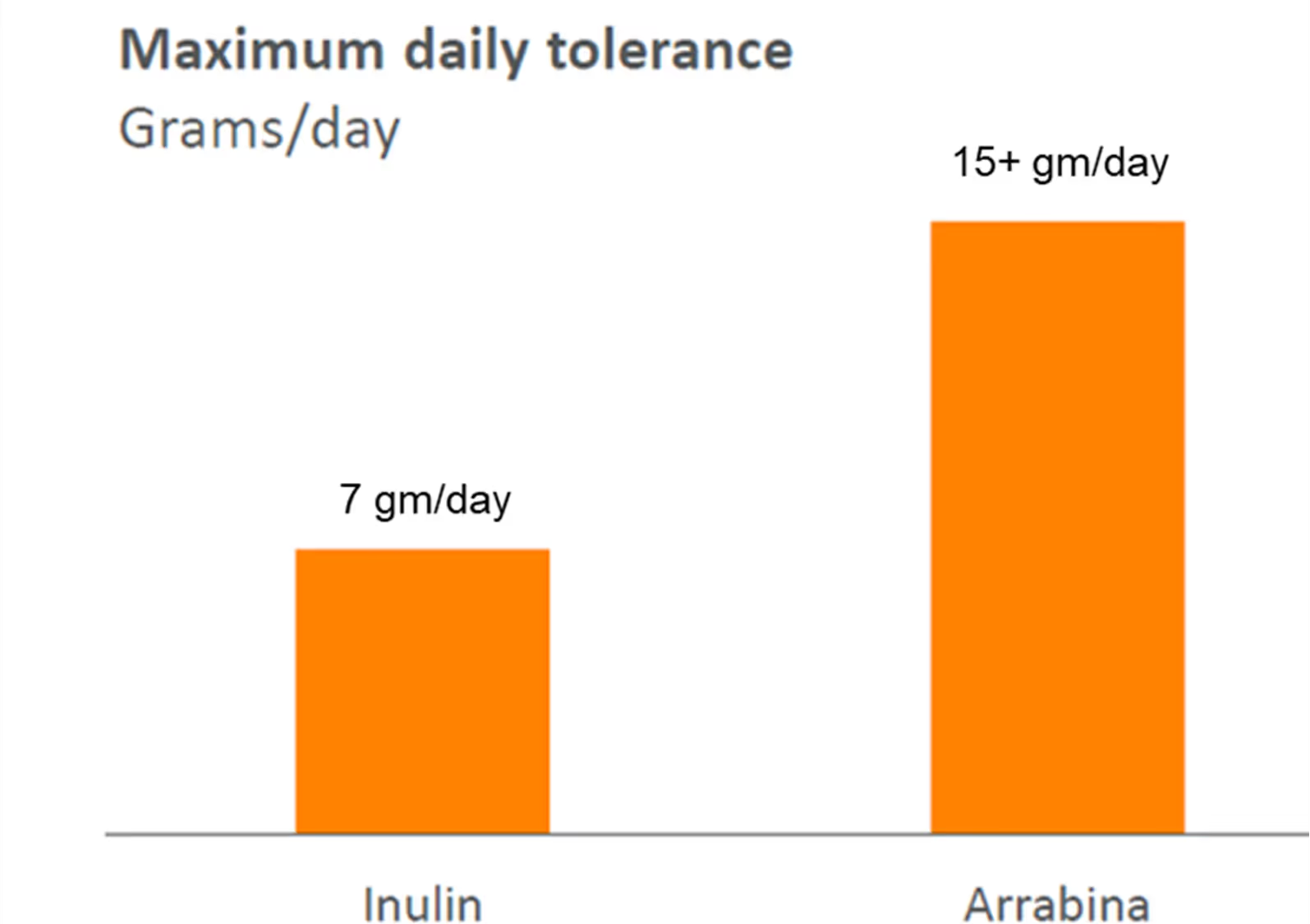
In one study, gas production after consuming Arrabina™-P was similar to placebo making it more tolerable than other fibres such as inulin.4 Better tolerability means multiple servings can be taken throughout the day to help meet fibre requirements without the downside of inulin-like prebiotic fibres such as gas, bloating and gastrointestinal upset. Arrabina™-P is gluten-free and low FODMAP (Fermentable Oligosaccharides, Disaccharides, Monosaccharides and Polyols).




An Upcycled Certified™ ingredient, Arrabina™-P is sourced in accordance with the principles of our Sourcing4Good programme, which promotes responsible practices and improves producer livelihoods and the environmental footprints of our products. Derived from underutilised plant materials, Arrabina™-P actively contributes to creating a more sustainable food system.

Sourcing for Arrabina™-P takes place through partnerships with farmers throughout Denmark who can deliver organic and non-GMO crop sidestreams, benefiting both the environment and the agricultural community. These long-term relationships enable continuous improvement and ensure high-quality ingredients.
The production process used to create Arrabina™-P is designed to minimize environmental impact. We utilize biomass for steam, wind energy for power, and maintain low water usage throughout the manufacturing process. Arrabina™-P is produced through a proprietary extraction process that uses only water, steam, and pressure, making it a low-impact ingredient choice.


Arrabina™-P is an Upcycled Certified™ ingredient (UI), having successfully met the stringent criteria established by the Upcycled Certified™ Program Standards Committee, under the supervision of the Upcycled Foods Association. This certification enables customers to streamline their applications for products that include Upcycled Certified™ Ingredients (PUI), provided that their formulations contain a minimum of 10% Arrabina™-P.
The sourcing and production methods used to create Arrabina™-P lead to a lower carbon footprint as assessed by Planet FWD, a leader in the Life Cycle Assessment (LCA) industry. Planet FWD measured the complete cradle-to-gate life cycle carbon emissions of Arrabina™-P, comparing it to other similar dietary fibres. Their results showed Arrabina™-P’s carbon footprint to be five times lower than chicory root-based inulin.¹¹

















Generally considered healthier and more nutritious than the other main cereals, oats offer a full range of benefits in a single ingredient. OatWell™ can be provided in three different concentrations of beta-glucans, all delivering both soluble and insoluble fibres, along with an average of 21% - 23% protein.
OatWell™ uses a unique production process to fractionate the oat kernel into three product lines: beta-glucan products, oat flours, and oat oils. Our production process preserves the native structure of oat beta-glucans, retaining their high molecular weight during fractionation into oat brans with a high amount of beta-glucans.


The molecular weight of oat beta-glucan is essential to delivering health benefits. OatWell™'s beta-glucan has a very high molecular weight (2000-2500 kDa as naturally found in oats), which contributes to its unique viscosity and thickening properties. This viscosity has an important impact on physiological functions, such as reducing blood cholesterol levels, moderating blood glucose and insulin levels, and potentially benefiting satiety.
Benefits of OatWell’s high molecular weight:







The prebiotic effects of oat bran fibre have been validated through years of research. In a review by Malkki and Virtanen, they cite: “in the large bowel, soluble dietary fibre increases the fermentation activity, especially production of butyric acid, enhances growth and colonisation of some probiotic bacterial strains, increases production of microbial mass and thereby aids the removal of nitrogen via faeces. It also increases wet weight of stools, thereby alleviating constipation”.²¹
Research conducted on oat beta-glucan demonstrates that it meets three important criteria, confirming its status as a prebiotic fibre:¹ ²




